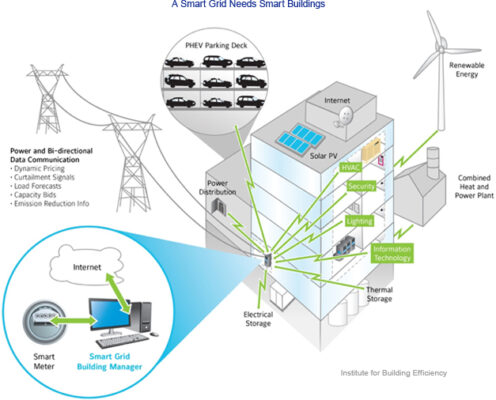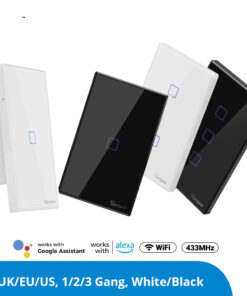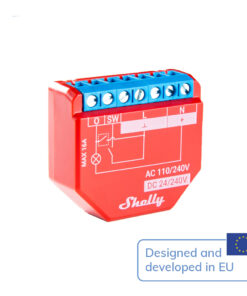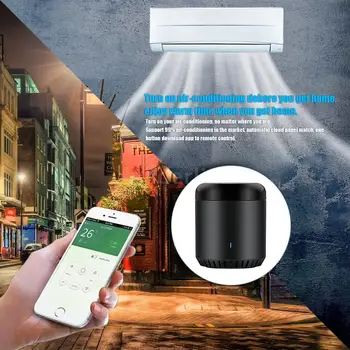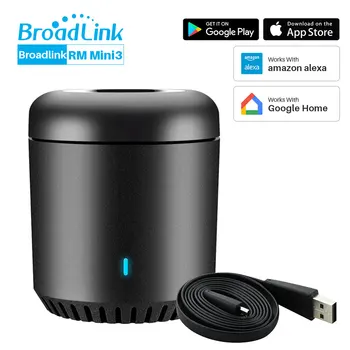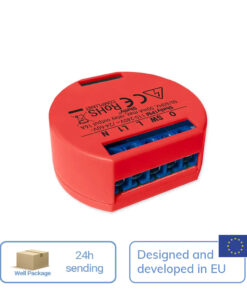Building Automation
Application of building automation system
Application of building automation system
Building automation systems are established to increase people’s comfort and security with reduced energy consumption. The integration of wireless technologies into building control promises to make significant simplification in wiring requirements behind the reduction of maintenance complexity and setup costs. This paper explores the application potential of wireless sensor/actuator networks in building automation. We propose a prototype system design with sensor/actuator node structures to exhibit how to apply the wireless sensing and control techniques to building automation. The proposed system instantly monitors indoor ambient conditions (temperature and humidity, light and motion information) on different floors of the building and automatically controls the home appliances (HVAC and lighting types of equipment) in an energy-efficient way. We also introduce a communication framework that establishes data paths between the sensor and actuator nodes in a scalable manner. Our system model can be effectively applied to large-scale buildings, such as residences, shopping malls, skyscrapers, hotels, etc.
Applying the Building Automation Systems of the Future
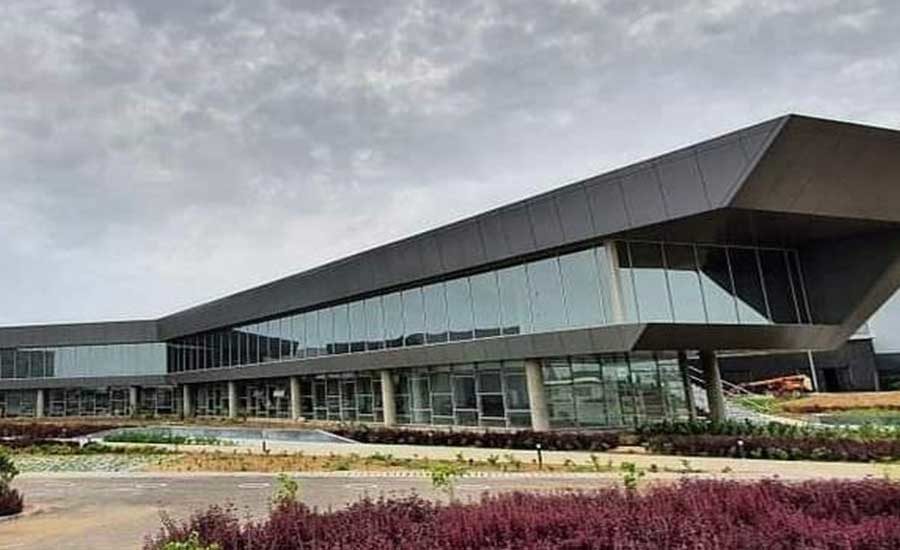
Building automation over IP is the case where building automation and IT merge completely over IP-based systems.
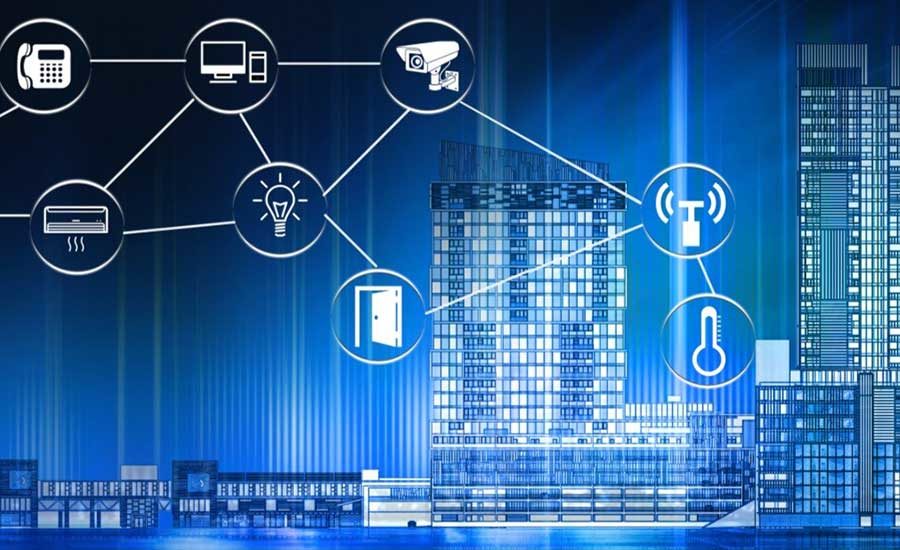
Intelligent building automation over IP networks reduce the interfaces between IT and building automation systems and requires no separate infrastructures.
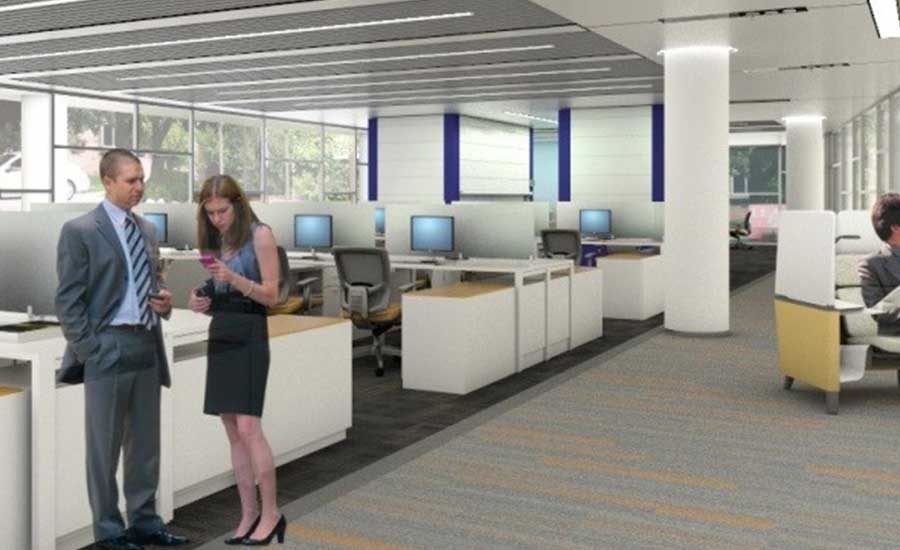
Through the use of sensors, smart lighting allows lighting to always be deployed precisely where it is required.
One of the primary design challenges was the placement of the main hub for lighting control.
With revolutionary smart building concepts, building automation over IP is the case where building automation and IT merge completely over IP-based systems. The intelligent network reduces the interfaces between IT and building automation systems and requires no separate infrastructures. They utilize the existing local data network to ensure a high degree of convenience, productivity, and security.
The smart building software forms a central integration point for all types of devices and services of a building automation system (BAS) and perfectly maps the building infrastructure at the building, floor, or room level. The data prepared by the system form the basis for any decisions that may be necessary regarding resource consumption, adaptation of temperature, CO2 concentration or humidity, lighting, and predictive maintenance.
The core component of the smart building solutions is the smart application installed directly on the network switches in the rooms that communicate between sensors, actuators, and users. The environmental parameters that are measured are evaluated, and the corresponding commands are sent to the responsible controller units and actuators. Standard functions are pre-installed and only need to be configured — adaptations are possible at any time. In addition, users can modify functions, such as lighting or air conditioning, with the aid of a computer or mobile device on a room-by-room basis according to individual wishes. This raises the decentralized interaction of components of convenience and productivity.
Benefits:
- Decentralized building automation over IP;
- Scalable architecture;
- Fail-safe network topology;
- Security through control software;
- Protection through IP security standards; and
- Maximum security through authentication.
Smart Lighting: Light from the Network
As LEDs are progressively replacing conventional light sources in the workplace, particularly in modern office buildings in which special emphasis is placed on ergonomics, convenience, and energy efficiency.
The intelligent functions promote productivity and well-being and further contribute to energy efficiency and unnecessary lighting costs for corridors or other services area devoid of people or deserted underground car parks are a thing of the past.
LEDs can be even more economic if they really only light up as needed and in an adapted intensity. Through the use of sensors, smart lighting allows lighting to always be deployed precisely where it is required. Individual luminaires can be controlled directly using a network-powered lighting controller, and configurations of individual rooms can be adapted conveniently at the click of a mouse.
Advantages:
- The scalable, room-by-room concept requires no centralized planning or control;
- Integration of lighting, shading, heating, air conditioning, ventilation, and public address through an interactive system that includes control and monitoring;
- Circadian lights for employee wellbeing;
- Optimization of energy consumption, including a reduction in operating and maintenance costs through anticipative identify cation of the service requirement;
- LED control and dimming 0%-100%;
- Every light gets a sensor and software driven zones define per fixture control;
- Occupancy, daylight harvesting, and temperature at every sensor;
- User-defined security alerts (email server configuration required);
- Historical data storage, real-time actual power consumption, and maintenance alarms for every fixture, including mobile scene controllers;
- Energy-saving, optimizing operation, and maintenance; and
- Enhancing efficiency and productivity, including complying to green building norms, etc.
Installation of POE Lighting in Plasser India, Karjan
Lighting automation was the requirement for the building where controlling light was the priority of the client. ANA design planned to used PoE technology to automate the lighting, considering the day light and occupancy are the prime input parameters for the control of light fixture, including switching and dimming as required by the client. Digital input of the occupancy status in any area of the admin building through the light sensor was provided to the building management system to integrate the HVAC system. The data is available on an open API platform through which multiple logics can be created for the HVAC operations.
Instead of implementing a typical legacy analog lighting control, a scalable, reliable, digital control operated over wired infrastructure through power over ethernet (PoE) was implemented.
Design challenges included placing the main HUB for the control of lighting. Solutions available in the industry include centralized and decentralized systems. With all the pros and cons for the building, a centralized system was finalized and planned for the project of Plasser India Admin block considering the requisite limitation of the requirement of cable lengths. The system was commissioned in July 2020 and is still running efficiently.
The control and monitoring of energy consumptions and the health status of LEDs can be seen from common dashboards simplifying the user experience, resulting in a further reduction in operation & maintenance costs.
The system can be easily configured without much engineering, adaptable to site changes from complex wiring system modifications and hassle-free commissioning (friendly addressing/ grouping) over two-way communication, which creates a perfect solution for the user.
Our suggested application areas for PoE lighting include:
- Indoor workspaces;
- IT/ITES, BPO/KPO;
- Hospitals, hotels;
- Smart buildings;
- Smart industries; and
- Large campuses.



